Spring is the season when nature stretches, yawns, and starts anew. Trees begin to bud, birds return with morning songs, and the world slowly turns green again. It’s a time of optimism, energy, and growth—not just for nature, but for us, too. One of the most satisfying ways to welcome spring is by turning our attention to our own little corner of the outdoors: the yard. After enduring a long winter of snow, wind, and cold temperatures, your yard deserves a fresh start.
Over the winter months, your yard likely gathered more than just leaves. Perhaps tools were left to rust, soil became compacted, or your garden beds have become a home for weeds. Maybe your lawn is full of brown patches, or your deck and patio furniture have lost their shine.
The good news? You don’t need to be a master gardener or spend a fortune to bring your outdoor space back to life. With a little planning, elbow grease, and care, you can turn your tired yard into a vibrant and inviting space that’s perfect for sunny lunches, weekend gardening, or relaxing under the stars.
Spring yard care isn’t just about aesthetics either. It’s also about creating a healthier environment. Cleaning up your yard can reduce pests, improve the soil, and support pollinators. Pruning dead branches can prevent property damage. Fertilizing and seeding your lawn early helps it become lush, crowding out weeds and improving air quality. Each task, while seemingly small on its own, builds toward a bigger, more satisfying result.
This guide covers 12 practical, achievable ways to wake up your yard for spring. From planting colorful window boxes to organizing your garage, each section walks you through the why and how. You’ll find that many of these steps overlap, creating a ripple effect that makes your whole yard—and your time in it—so much more enjoyable. So roll up your sleeves, grab your gloves, and step outside. It’s time to breathe life back into your yard and make this spring your most beautiful one yet.
1. Plant a Window Box
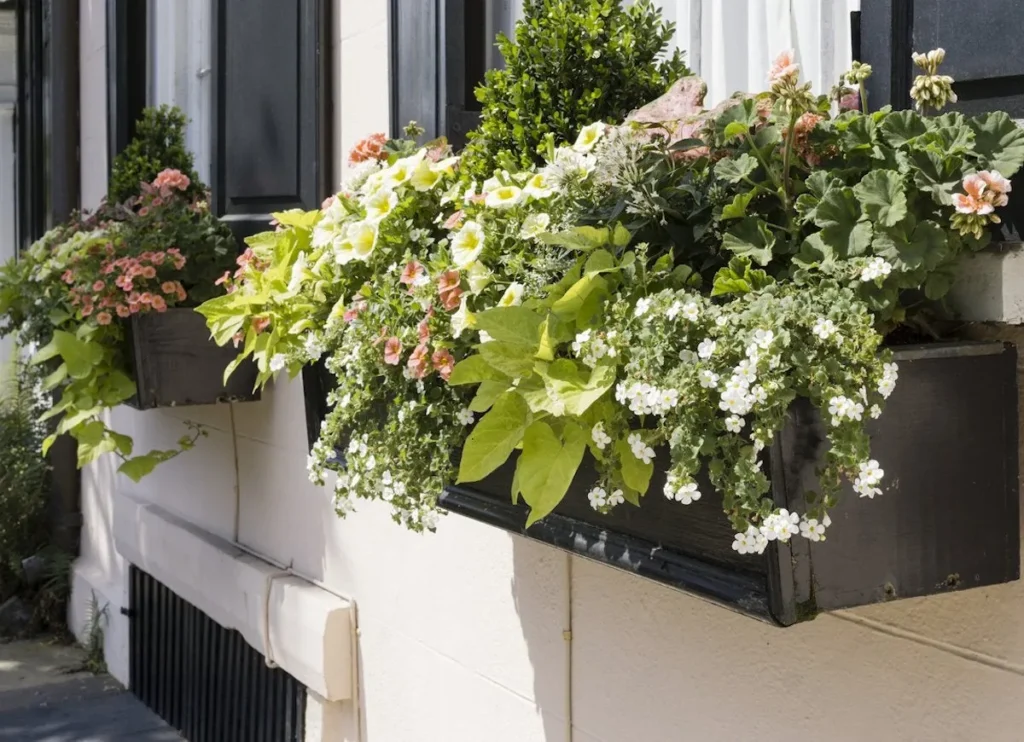
A window box instantly adds charm and curb appeal to your home. It’s an easy way to bring color and life to a plain window. Choose a variety of plants that thrive in your climate. For spring, go with cool-weather flowers like pansies, violas, snapdragons, and petunias. These bloom early and provide continuous color. Mix in trailing ivy or sweet potato vines for a cascading effect. Make sure your window box has drainage holes and use high-quality potting soil. Water regularly, especially as temperatures rise. A well-maintained window box can create a lovely focal point and brighten up your home’s exterior.
2. Ready Your Garden Tools
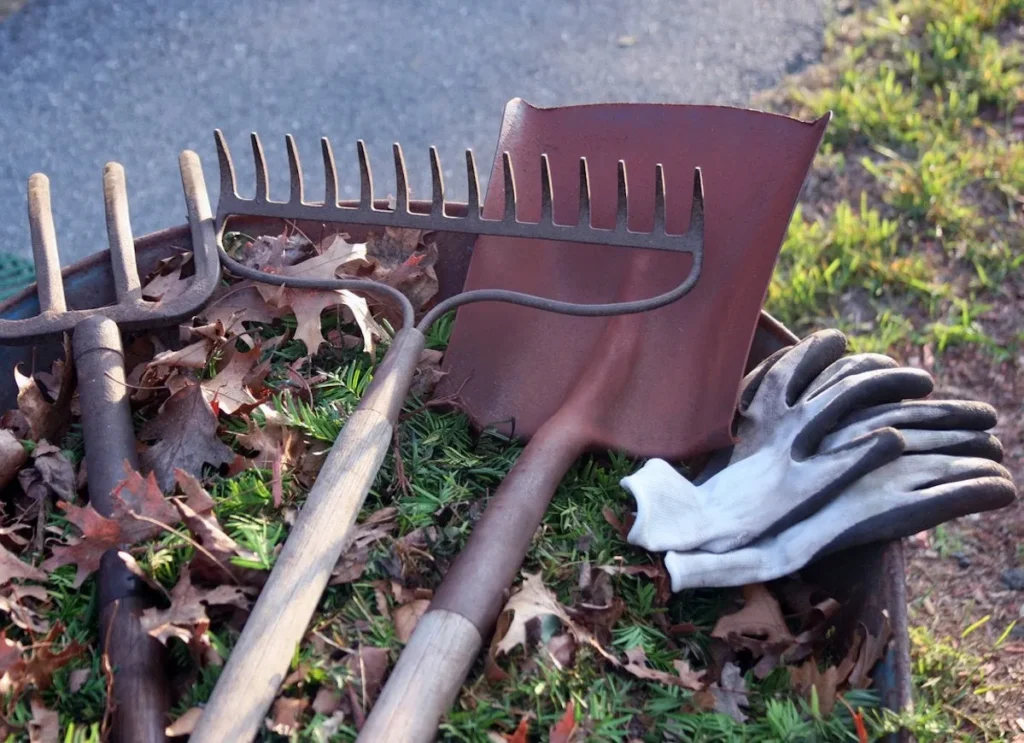
Before you dig, plant, or prune, your tools need to be in top shape. Gather your pruners, spades, trowels, rakes, and hoses. Check for rust or damage and clean them thoroughly. Use a wire brush to remove caked-on dirt and rust. Sharpen cutting tools with a sharpening stone or file. Oil moving parts to prevent squeaking and wear. Tighten any loose screws or bolts. Clean tools work better and last longer. They also reduce the risk of spreading disease from one plant to another. Starting the season with ready tools makes gardening smoother and more enjoyable.
3. Test Your Soil
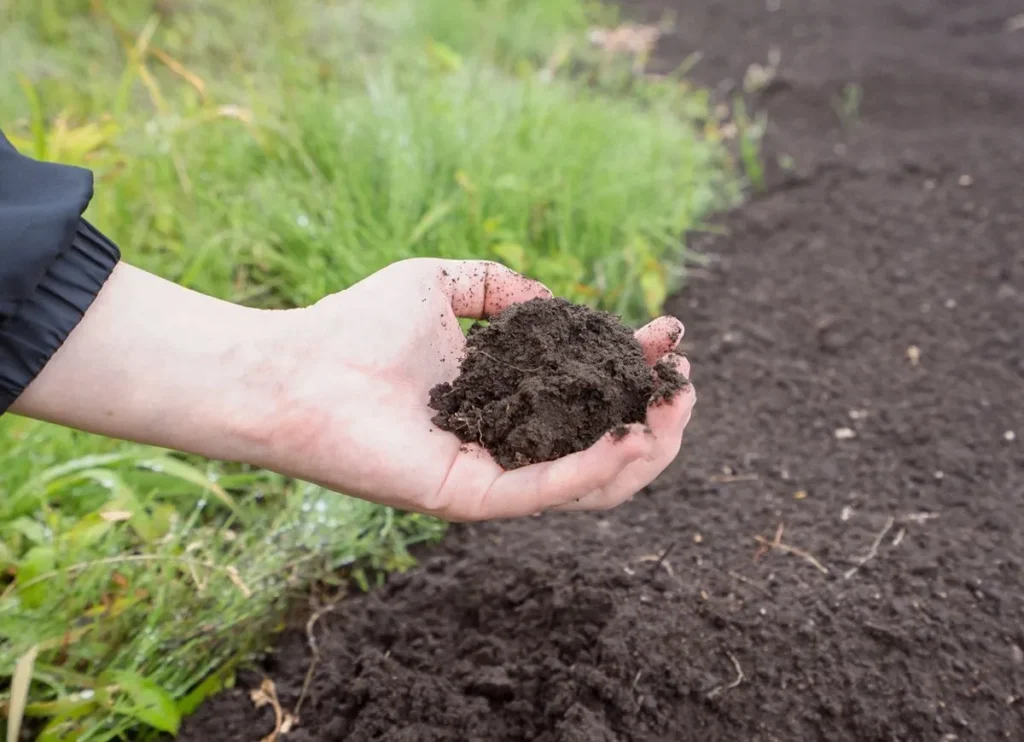
Healthy soil is the foundation of a successful garden. Before planting anything, take time to understand your soil’s composition. You can buy a simple soil test kit from a garden center. These kits check pH levels and nutrient content like nitrogen, phosphorus, and potassium. If your soil is too acidic or alkaline, it can affect plant health. Based on the results, you might need to add compost, lime, or fertilizer to balance things out. Loamy, well-drained soil rich in organic matter is ideal for most garden plants. Testing now saves frustration later and sets your garden up for success.
4. Order Seeds, Trees, and Bushes
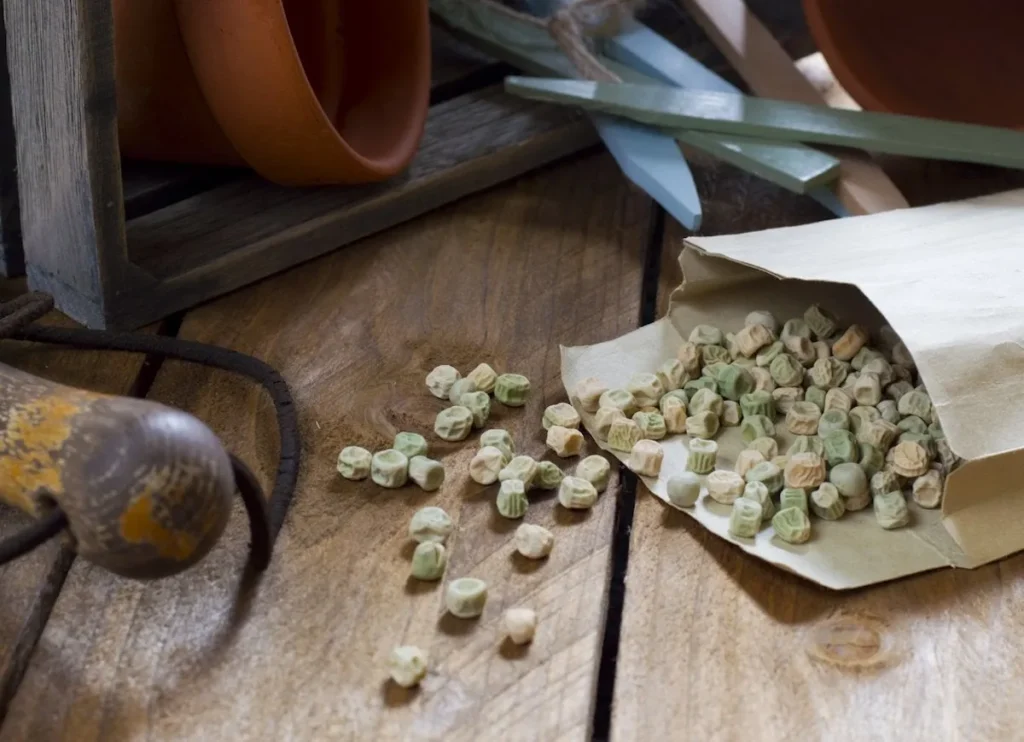
Spring is a busy season for nurseries and garden suppliers. Plan ahead by ordering seeds, saplings, and shrubs early. Look through catalogs or online stores to find what suits your yard and climate. Consider your garden’s sunlight, space, and your desired aesthetic. If you want to attract pollinators, look for bee-friendly plants. If you’re aiming for low maintenance, native species are a great option. By ordering early, you’ll get the best selection and avoid last-minute shortages. Having seeds and plants ready means you can jump into planting as soon as the weather allows.
5. Prep Your Deck

After a long winter, your deck may be dusty, faded, or in need of repair. Start by sweeping off leaves and debris. Wash the surface with warm water and a mild detergent or use a pressure washer if needed. Be sure to check for signs of rot, loose boards, or protruding nails. Sand rough areas to avoid splinters and apply a fresh coat of sealant or stain if the wood looks weathered. This not only improves the look of your deck but also protects it from moisture and sun damage in the months ahead. Your deck will become a clean, safe space for relaxing and entertaining.
6. Clean Your Outdoor Rugs
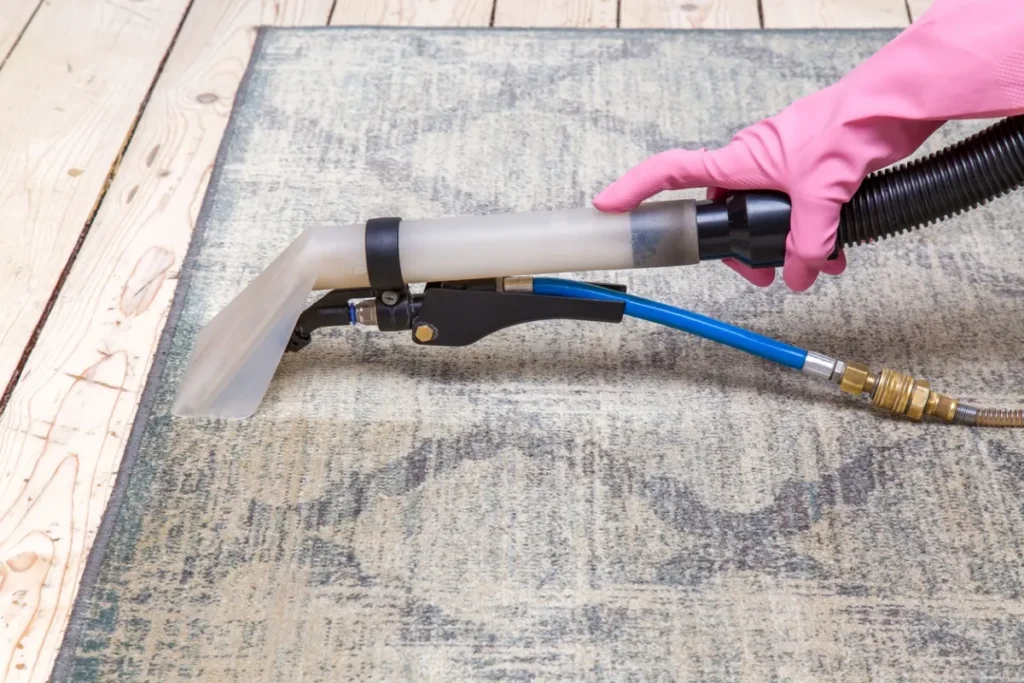
Outdoor rugs go through a lot over winter. Snow, mud, and rain can leave them grimy and moldy. Start by giving them a good shake or vacuuming to remove loose dirt. Then, scrub them with a mix of mild soap and water using a soft brush. Rinse thoroughly with a hose and hang them up to dry completely in the sun. Don’t place rugs back on the deck or patio until they’re fully dry to prevent mold and mildew. A clean rug makes your outdoor space feel fresh and ready for use again.
7. Service Your Lawn Mower
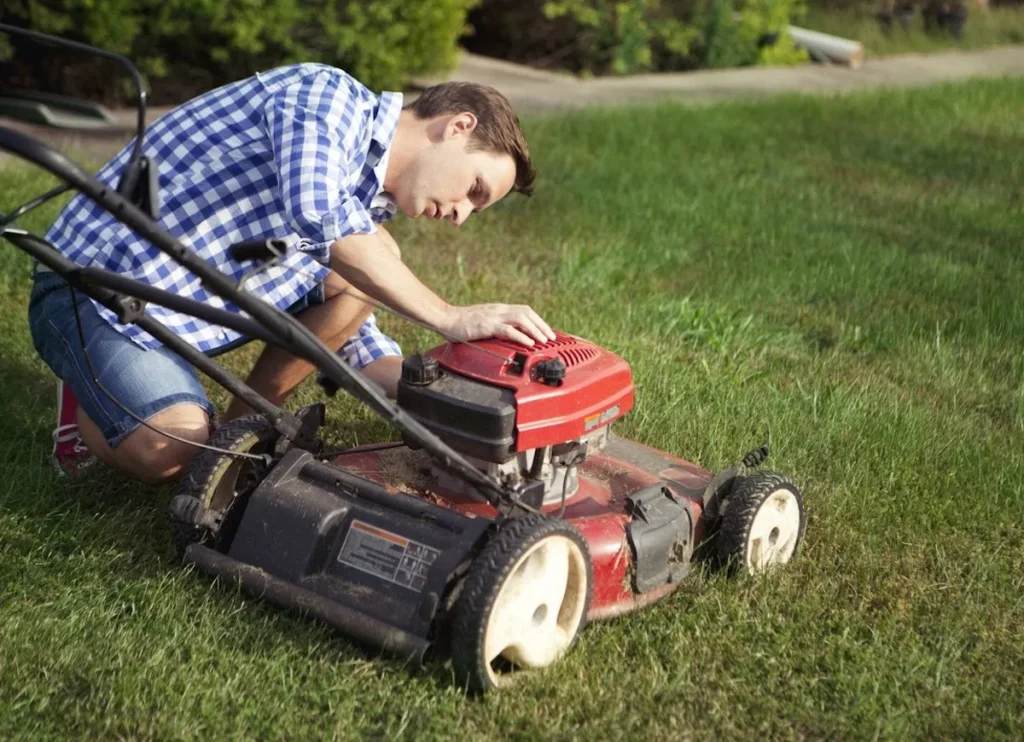
Your lawn mower is essential for keeping your yard neat and healthy. After months of sitting idle, it needs some attention. First, change the oil and replace the air filter. Check the spark plug and swap it out if needed. Sharpen the blades to ensure a clean, even cut. Dull blades tear grass, making it more susceptible to disease. Also, inspect the tires and belts for wear. Make sure all parts are properly lubricated. Doing this early in spring means your mower will be ready the first time the grass needs trimming, helping you maintain a lush lawn all season.
8. Organize Your Garage

Spring yard work is easier when you can quickly find what you need. Take time to clean and organize your garage or shed. Sort through tools, lawn care products, pots, and equipment. Discard broken items and donate anything you no longer use. Invest in shelves, hooks, or bins to store items neatly. Label containers so you can grab things easily. Group similar items together: keep all your fertilizers in one spot, tools in another. An organized space saves time and reduces frustration. It also gives you a sense of control and motivation to tackle your outdoor projects.
9. Seed the Lawn
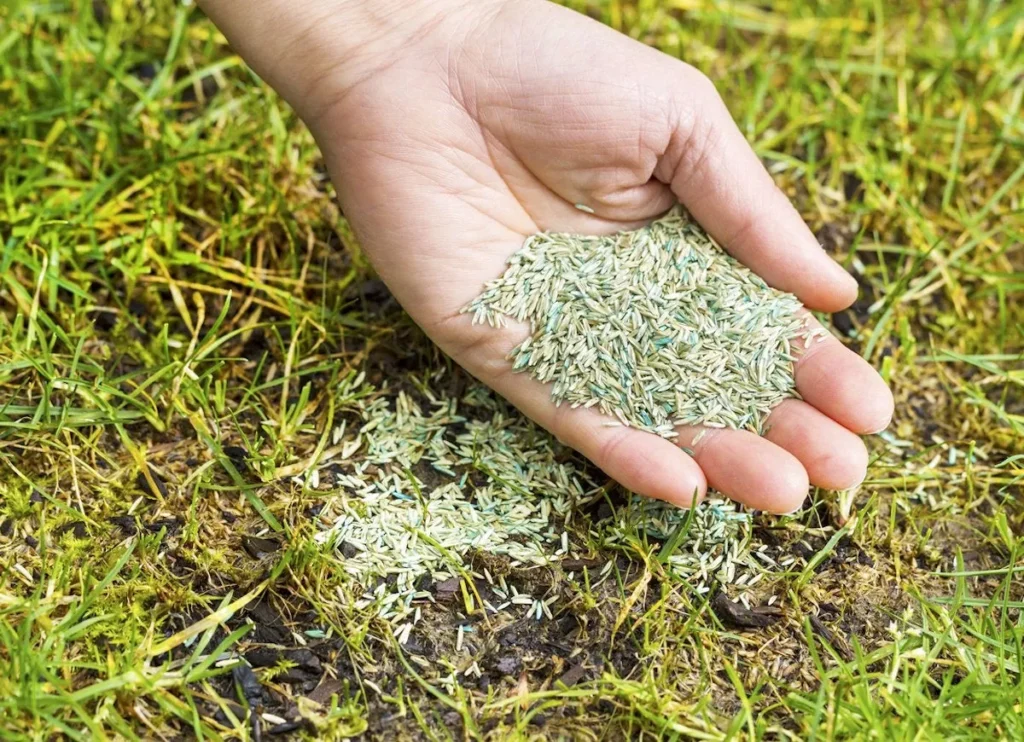
Bare spots and thin patches are common after winter. Overseeding your lawn in spring helps it grow thick and lush. Choose a grass seed mix suited to your region. Before seeding, mow the lawn short and rake away debris to expose the soil. Spread seed evenly using a spreader or by hand. Lightly water daily until seeds germinate and new grass takes hold. Avoid walking on newly seeded areas. With consistent care, your lawn will green up and fill in nicely, creating a soft, inviting carpet of grass perfect for barefoot walks and family fun.
10. Turn the Compost
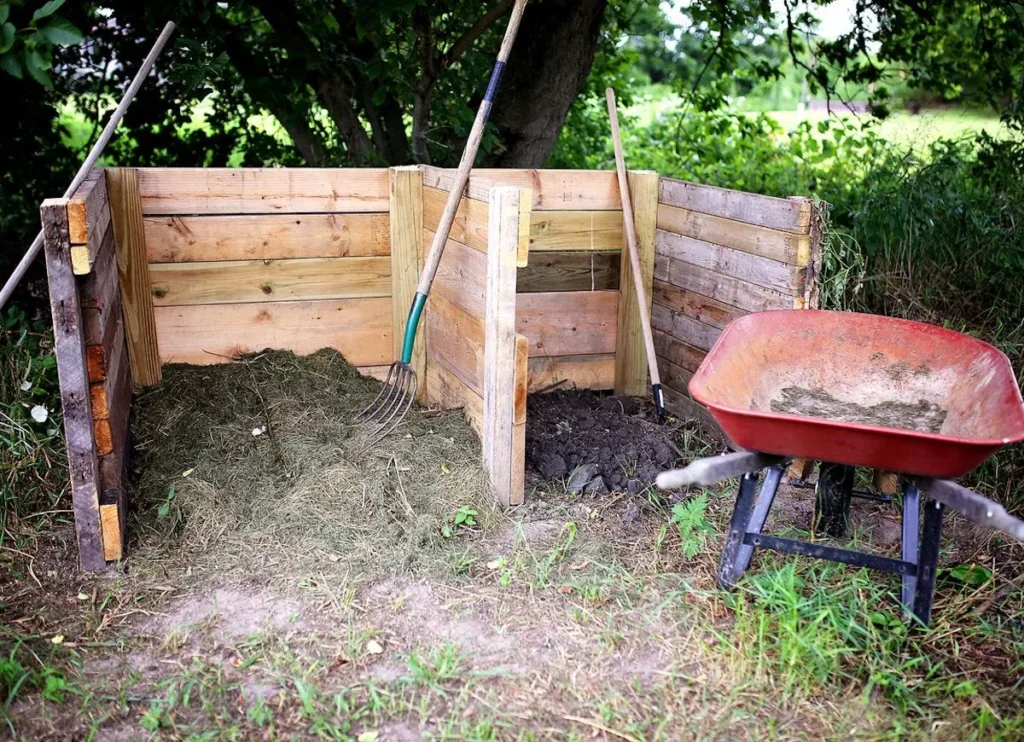
Composting turns kitchen scraps and yard waste into nutrient-rich soil. If you have a compost pile or bin, spring is the perfect time to give it a good turn. Use a pitchfork or compost aerator to mix the pile thoroughly. This introduces oxygen, which speeds up decomposition. Break up clumps and move outer material to the center. If your compost is dry, add water until it’s slightly damp like a wrung-out sponge. A well-aerated pile heats up and breaks down faster, giving you rich compost to spread in your garden beds. It’s a natural, sustainable way to feed your plants.
11. Fertilize the Lawn
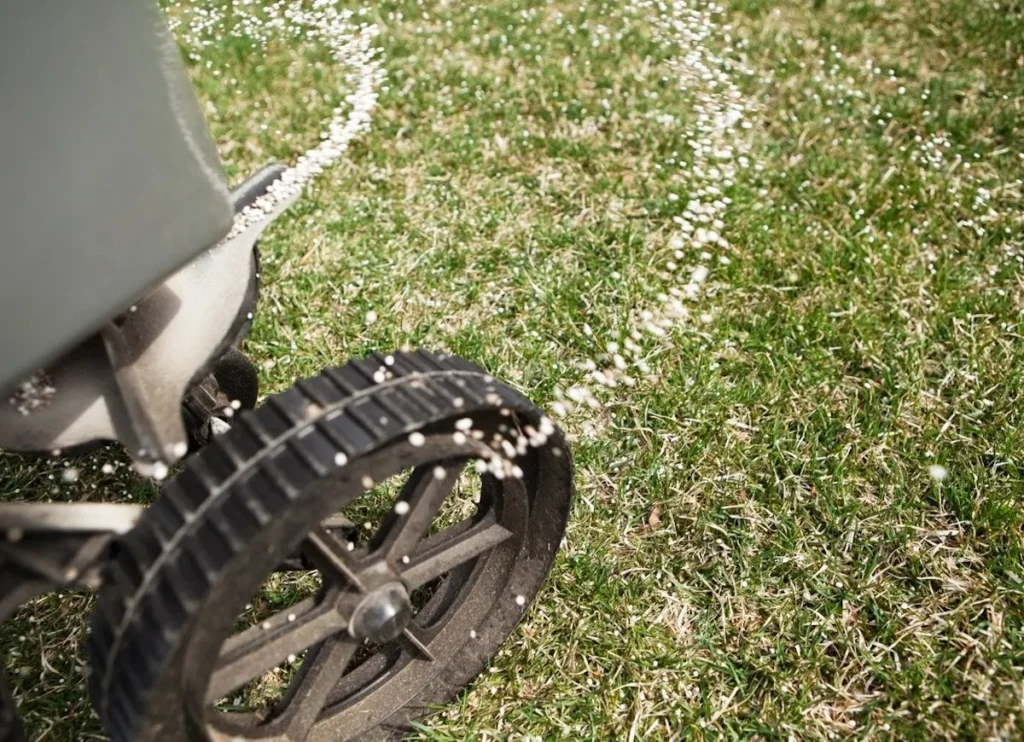
Grass wakes up hungry in spring. Fertilizing now gives it a boost of nutrients to green up and grow strong. Choose a fertilizer based on your grass type and climate. Some are slow-release, feeding your lawn gradually, while others work quickly. Apply fertilizer evenly using a spreader, and follow package instructions to avoid overdoing it. Water the lawn after application to help nutrients reach the roots. Fertilizing also helps crowd out weeds by encouraging thick, healthy turf. With the right feeding, your lawn will look vibrant and withstand the stresses of summer heat and foot traffic.
12. Rake Your Garden Beds
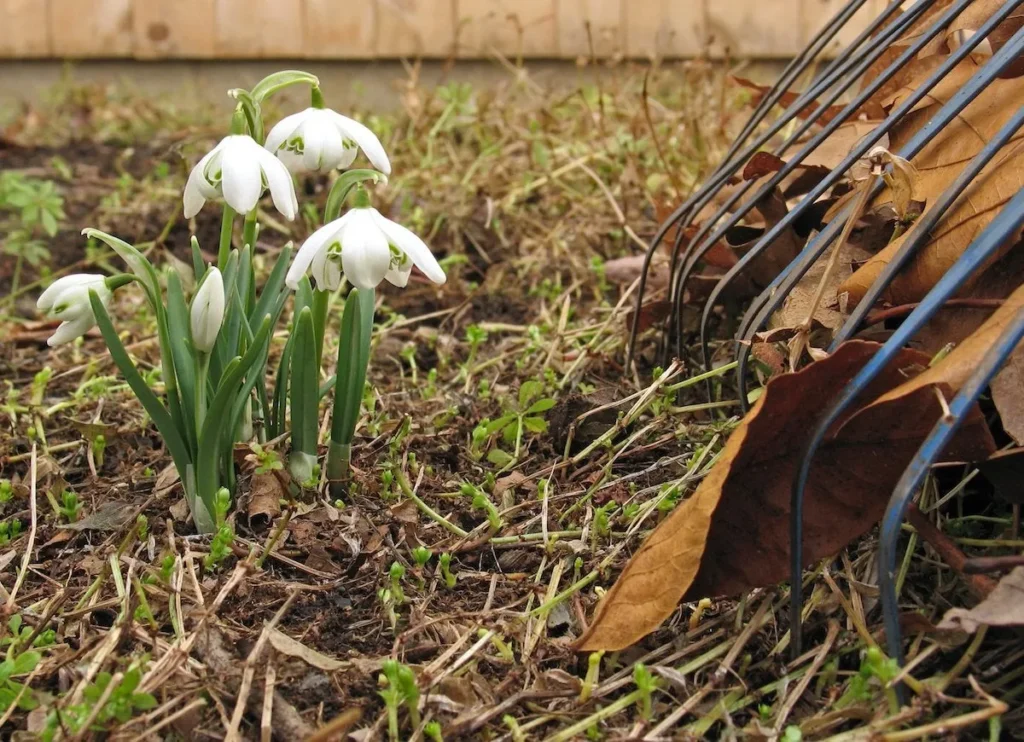
Before you plant, clear out garden beds to make room for new growth. Use a rake or your hands to remove leaves, sticks, and debris. This prevents pests and diseases from overwintering and gives seedlings a clean start. Be gentle around emerging perennials or bulbs to avoid damaging them. Once cleared, loosen the top layer of soil with a garden fork or hand tool. This improves drainage and aeration, helping plant roots grow more easily. You can also mix in some compost to boost fertility. Clean, prepped beds are a blank canvas for your spring planting plans.
Final Thoughts: Embrace the Joy of Spring Yard Revival
Spring is more than just a change of season—it’s an invitation. An invitation to reconnect with nature, refresh your outdoor space, and create a personal sanctuary that brings peace and happiness throughout the warmer months. Waking up your yard after a long winter is a rewarding journey that blends creativity, patience, and a touch of hard work. But the payoff is truly worth it.
As you’ve seen throughout this guide, revitalizing your yard doesn’t require you to be an expert or to invest in expensive equipment. It’s about understanding the needs of your outdoor space and giving it gentle, consistent care. From planting vibrant window boxes that greet you every morning to organizing your tools so each gardening session feels smooth and joyful, each step helps build a healthier, more beautiful environment.
Remember, your yard is a living space. It evolves through the seasons and reflects your care and personality. Early spring tasks like testing your soil and fertilizing your lawn set the foundation for lush growth. Cleaning and prepping your deck and outdoor rugs refresh your space so it’s welcoming and safe for family and friends. Small actions like turning your compost or raking garden beds have a big impact, feeding plants naturally and protecting them from pests and diseases.
Don’t rush the process. Gardening is as much about enjoying the moment as it is about the end results. Celebrate each little success—new sprouts pushing through the soil, fresh blooms adding color, or a perfectly mowed lawn. These wins keep you motivated and connected to your space.
Also, take advantage of this time to learn. Each season brings new challenges and opportunities. You might discover new plants that thrive in your yard, or develop better routines that save you time and effort. Over time, your yard becomes not just a patch of earth but a beloved retreat, a source of pride, and a testament to your nurturing spirit.
In essence, waking up your yard in spring is a gift—to your home, your family, and yourself. So embrace it with open arms, patience, and a little curiosity. Your efforts will blossom into a vibrant, inviting yard that you’ll enjoy all season long and beyond.
Happy gardening!




